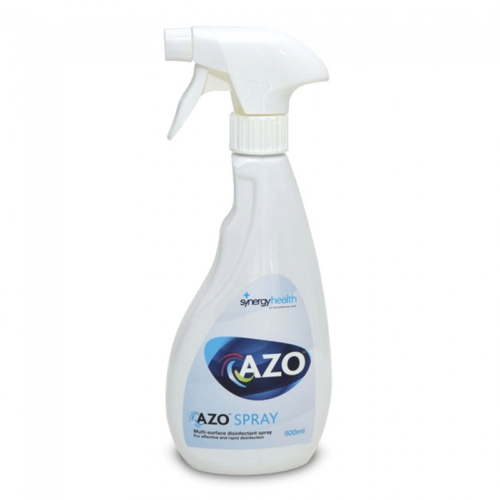Description
User-friendly Public Access Defibrillator (PAD) reliable for any lay rescuer (even without minimal training) ready to save the life of victims stricken with sudden cardiac arrest (SCA). Designed to help save lives in any public circumstances and optimized for a rapid delivery of defibrillation therapy, anytime and anywhere and before EMS team arriving.
The Fully-Automatic model is specifically designed to let mostly rescuers focus on the victim because the shock, if instructed, will be delivered automatically. Practical and very simple to use. Able to give visual fully details on lifesaving actions and many information throughout a very large display. Practical, intuitive with CPR guidance and clear instructions (voice and text) supporting the rescuer through the protocol for effective operations. Small and lightweight, working with long-life batteries for a maximum portability. The obvious solution for more expertise rescuers or paramedics to act everywhere. It even works just in ECG Monitoring mode.
- Intuitive & Easy-to-Use: simple design; calm and clear voice instructions; 1, 2, 3-step operation; CPR coaching (metronome)
- Tough & Handy: solid and extremely lightweight; resistant to shocks and drops (IEC 60601-1 clause 21); IP54 protection against dust and water (EN 60529)
- Accurate & Capable: intelligent arrhythmia detector able to analyze several features of the ECG detecting shockable rhythms (VF / VT) in less than 10 seconds and advise for shocks
- Fast & Effective: charging in 5 seconds and ready to deliver shocks using a BTE technology, a proven effective biphasic waveform adapting to the patient chests impedance
- Maintenance Free: don’t need service programs; run several automatic self-tests (daily, monthly, half-yearly); flashing status LEDs indicating a ready-to-use system and/or a low battery level
A drone system that delivers Automated External Defibrillators (AEDs) to the scene of cardiac arrests. In doing so, bystanders will now have the ability to initiate life-saving measures while awaiting professional medical care. Out-of-hospital cardiac arrests affect some 275,000 individuals in Europe each year and carry a low survival rate of about 10%.
Research suggests when CPR and early defibrillation is initiated within the first few minutes the survival rate could potentially increase to as much as 70%.
See the video here:






Reviews
There are no reviews yet.